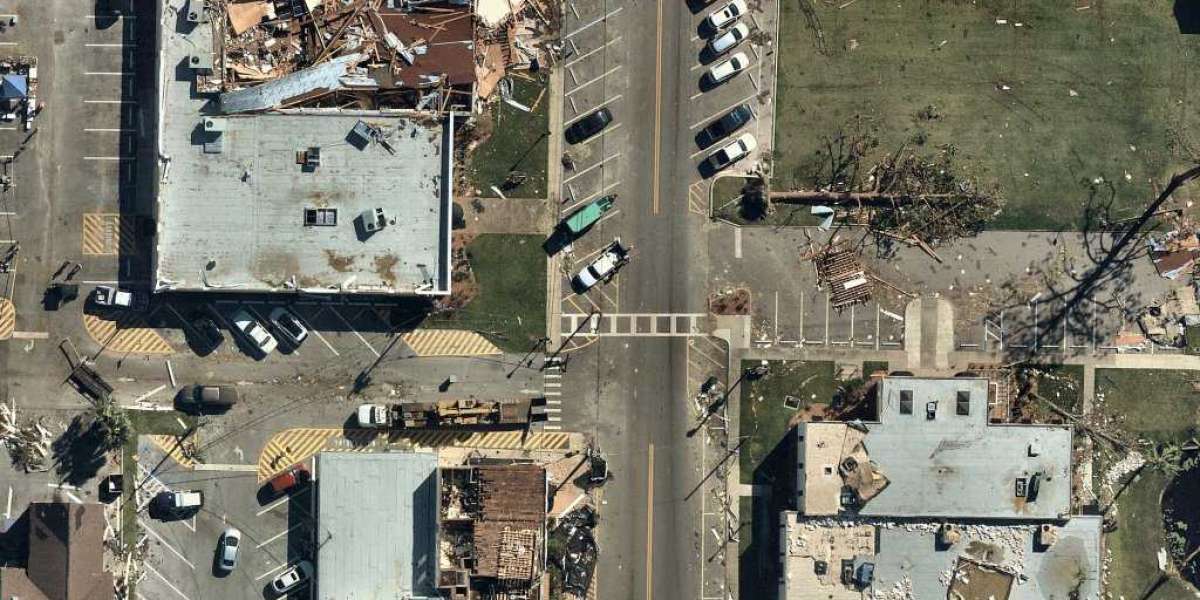Hurricane Irma, a name that will forever be etched into the history of the Caribbean and the southeastern United States, made landfall in September 2017 and caused widespread devastation. With its powerful winds, immense size, and record-breaking intensity, Irma became one of the most catastrophic storms ever recorded in the Atlantic Basin. This article takes a closer look at the storm's impact, the aftermath, and the lessons learned.
The Birth of Irma: How It Formed
Hurricane Irma originated from a tropical wave off the west coast of Africa on August 27, 2017. As it moved westward across the warm waters of the Atlantic, it rapidly intensified. By August 31, it had become a Category 2 hurricane, and just a day later, Irma strengthened into a Category 3 storm, meeting the criteria for a major hurricane.
Irma continued to grow, reaching its peak intensity on September 5 as a Category 5 hurricane with sustained winds of 185 mph. At this point, it was the second-most intense storm ever recorded in the Atlantic. Irma maintained this intensity for 37 hours, the longest any storm had sustained such wind speeds.
Impact on the Caribbean
The islands of the Caribbean were the first to feel the full force of Hurricane Irma. On September 6, 2017, Irma made landfall in Barbuda, followed by Saint Martin, Anguilla, and the British Virgin Islands. In its wake, these islands were left in ruin. Homes were flattened, infrastructure was destroyed, and entire communities were left without power, water, or access to essential supplies.
Barbuda, in particular, was hit hard, with 95% of its buildings damaged or destroyed. The island’s residents had to be evacuated, making it uninhabitable for the first time in over 300 years.
Irma’s Path of Destruction Through Florida
After wreaking havoc across the Caribbean, Irma set its sights on Florida. The storm made landfall in the Florida Keys as a powerful Category 4 hurricane on September 10, 2017. The Keys bore the brunt of the storm’s fury, with the islands suffering significant damage to homes, businesses, and infrastructure.
The storm then moved up the Florida coast, bringing heavy rains, storm surges, and widespread power outages. Although it weakened slightly as it progressed, Irma still left a trail of destruction across the state. Flooding in cities like Miami and Jacksonville caused billions of dollars in damage, and millions of residents were left without power for days.
The Aftermath: Recovery and Rebuilding
The aftermath of Hurricane Irma was staggering. In total, the storm caused an estimated $77 billion in damage, making it one of the costliest storms in U.S. history. In the Caribbean, the impact was equally severe, with entire islands struggling to recover for months, if not years.
The storm claimed at least 134 lives across the Caribbean and the United States. In Florida, the intense heat and lack of power in the days following the storm led to numerous additional deaths, particularly among vulnerable populations such as the elderly.
Lessons Learned and Changes Implemented
Hurricane Irma exposed vulnerabilities in the way communities prepare for and respond to natural disasters. The storm's sheer size and intensity prompted evacuations on an unprecedented scale. Florida issued evacuation orders for over 6 million residents, the largest in the state's history.
Since Irma, Florida and other regions have reexamined their preparedness plans. Many have invested in strengthening infrastructure, improving communication systems, and updating building codes to better withstand future storms. In the Caribbean, the storm highlighted the need for better disaster response coordination and long-term planning for resilience.
The Role of Climate Change
Hurricane Irma, along with other recent storms such as Hurricane Harvey and Hurricane Maria, has reignited discussions about the role of climate change in intensifying hurricanes. While no single storm can be directly attributed to climate change, rising global temperatures and warmer ocean waters are known to contribute to the increased frequency and intensity of hurricanes.
Scientists have noted that the warming waters of the Atlantic and Caribbean provide more fuel for hurricanes, allowing them to strengthen rapidly, as was the case with Irma. Additionally, higher sea levels increase the risk of storm surges, exacerbating the damage caused by storms like Irma.
Moving Forward: Building Resilient Communities
As the world continues to face the challenges posed by increasingly powerful hurricanes, the need for resilient communities has never been more apparent. For regions like the Caribbean and the southeastern United States, this means investing in stronger infrastructure, better evacuation plans, and more efficient disaster response systems.
Hurricane Irma served as a reminder of the destructive power of nature, but it also underscored the importance of preparation and resilience. By learning from the past and implementing the lessons gained, communities can better protect themselves against future storms.
Conclusion
Hurricane Irma will forever be remembered as one of the most destructive and powerful storms in modern history. Its impact on the Caribbean and Florida was profound, leaving a lasting legacy on the people and places affected. As we look back on Irma, it's crucial to remember the lessons it taught us about preparedness, resilience, and the need to address the growing threat of climate change. By doing so, we can hope to mitigate the impact of future hurricanes and build a safer, more resilient world.








